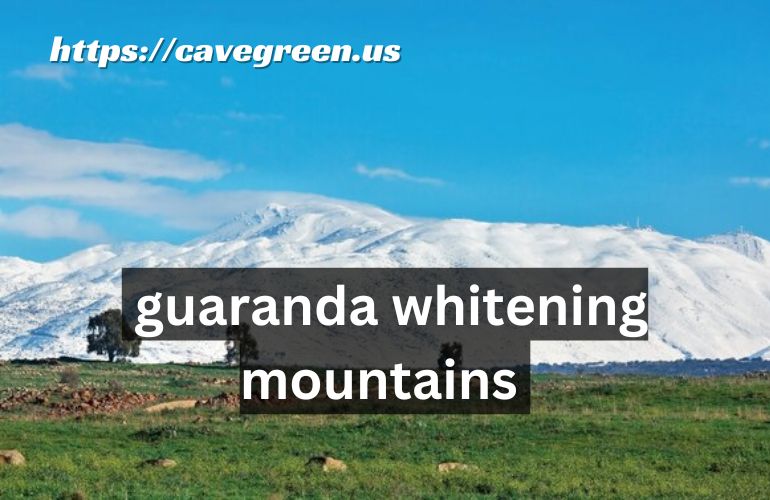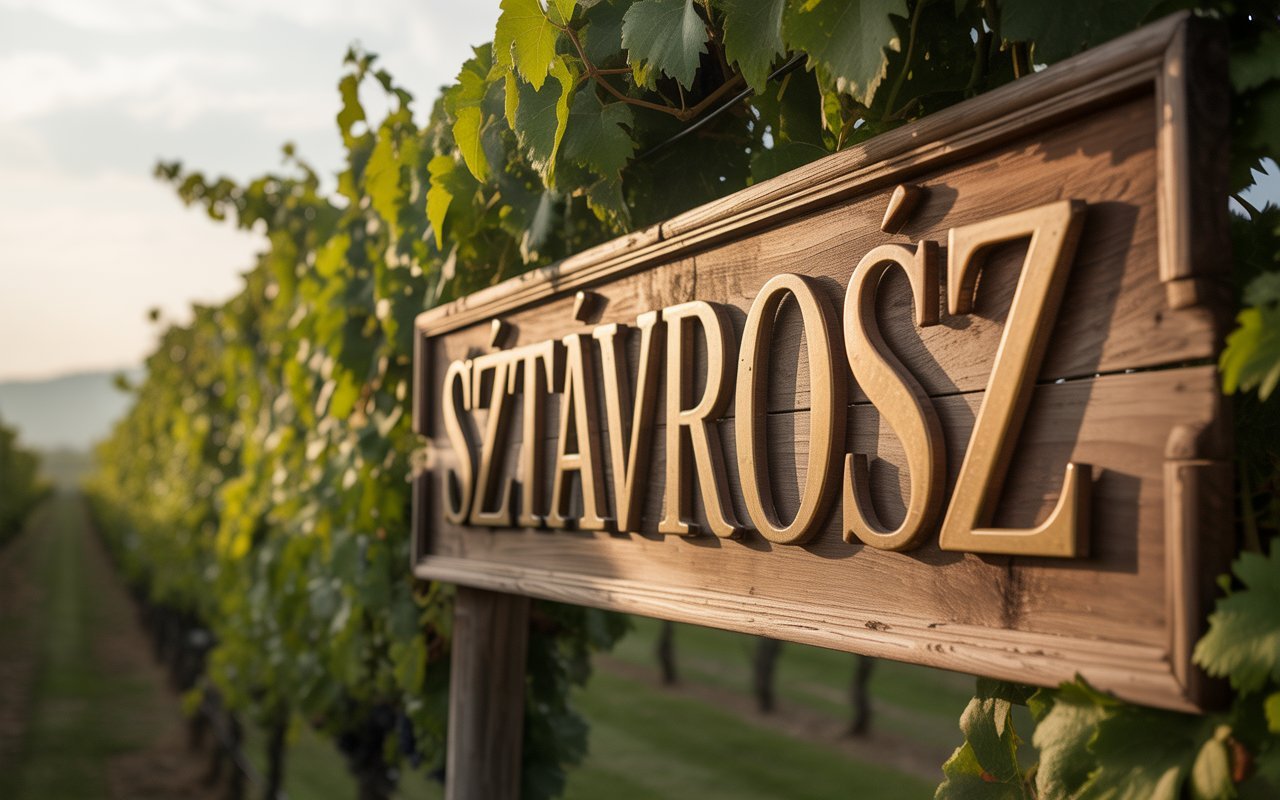Guaranda Whitening Mountains, nestled in Ecuador’s highlands, offers a breathtaking view of the Andes. Known for its “whitening” mountains, the region transforms dramatically during certain seasons, when snow blankets the peaks, creating an awe-inspiring sight. With a mix of natural beauty, cultural heritage, and ecological richness, Guaranda’s mountains stand out as a unique destination. Whether drawn to the towering Chimborazo or the charm of local traditions, visitors find themselves immersed in an unforgettable landscape.
Geography and Climate: A Highland Marvel
Guaranda lies in the Bolivar Province of Ecuador, surrounded by the breathtaking Andes mountains. This small highland city sits at an altitude of about 2,650 meters, offering cool weather throughout the year. Its location provides an incredible backdrop of towering peaks, including the iconic Chimborazo, which is the highest mountain in Ecuador and a significant landmark visible from the region.

The climate in Guaranda is characterized by its highland conditions, with mild days and cooler nights. Temperatures are relatively stable, averaging around 12–18°C, though they can drop significantly in the evenings. Seasonal variations are primarily marked by rainfall, with wetter months typically falling between October and May. These rains play a key role in the lush greenery and agricultural fertility of the area.
The landscape is a combination of rolling hills, dramatic valleys, and steep cliffs. This diverse topography makes Guaranda a fascinating mix of natural features, from its fertile plains used for farming to its rugged mountain slopes. The Andes in this region are especially unique because of their snow-capped peaks that “whiten” during specific times of the year, creating an extraordinary contrast against the deep blue skies and green foothills below.
The towering mountains and clear skies also provide an incredible setting for stargazing, as Guaranda benefits from minimal light pollution. This natural harmony of climate, geography, and altitude sets the stage for a region that not only captivates the eye but also supports a vibrant ecosystem and community.
Cultural and Economic Significance
Guaranda’s mountains hold deep cultural meaning for the communities living in their shadow. These peaks are woven into local folklore and traditions, often seen as guardians of the region. Festivals and rituals frequently incorporate these mountains, blending spirituality with a celebration of nature’s grandeur. The most notable example is the Carnival of Guaranda, a vibrant event that brings people together through music, dance, and ceremonies, honoring the area’s heritage and connection to its environment.
Economically, the region thrives on agriculture, with its fertile volcanic soils supporting crops such as potatoes, maize, and barley. Farming methods often rely on traditional techniques passed down through generations, maintaining a strong link between the land and the community. Livestock, particularly sheep and cattle, also plays an important role, providing sustenance and income for many families.
Tourism is another pillar of Guaranda’s economy, drawing visitors from across the world who seek to experience the serene beauty of the Andes. Travelers are attracted not only by the breathtaking landscapes but also by the opportunity to engage with the rich cultural fabric of the area. Small businesses, such as family-run accommodations, local guides, and artisan markets, benefit from this influx, helping to sustain the local economy.
The dual significance of the mountains as cultural symbols and economic resources underscores their importance to Guaranda. They are more than just a natural feature; they represent a way of life, a source of inspiration, and a foundation for the region’s identity and prosperity.
Flora, Fauna, and Conservation Efforts
The natural environment of Guaranda’s mountains is a sanctuary for diverse plant and animal life. The combination of high-altitude conditions, fertile volcanic soils, and seasonal rainfall creates a habitat rich in unique flora and fauna. Indigenous plants such as native grasses, shrubs, and wildflowers thrive across the slopes, adding color and texture to the rugged landscape. These plants play an essential role in maintaining soil stability and providing sustenance for grazing animals.
The region is home to a variety of wildlife, including Andean foxes, deer, and spectacled bears. Bird enthusiasts often visit Guaranda for the chance to spot species such as the Andean condor, hummingbirds, and various migratory birds that find refuge in these mountains. The ecological diversity of the area underscores its importance as a protected natural space.
Efforts to preserve this biodiversity have gained momentum in recent years. Local organizations and communities are actively working to promote sustainable practices in agriculture and tourism, aiming to minimize human impact on the environment. Reforestation projects are helping to restore areas affected by deforestation, while awareness campaigns educate residents and visitors about the importance of conservation.
Climate change poses challenges to the region, particularly with the retreat of glaciers and snowcaps that contribute to the “whitening” effect of the mountains. Conservation initiatives are also addressing these broader environmental concerns, encouraging practices that reduce carbon emissions and protect water resources.
The collaboration between local communities, environmental groups, and government agencies highlights a shared commitment to safeguarding Guaranda’s natural beauty and ecological balance. These efforts aim to preserve not only the landscape but also the traditions and livelihoods that depend on it.
Planning Your Visit: Practical Tips for Travelers
Visiting Guaranda’s whitening mountains can be a rewarding experience with some planning. The best times to visit are during the drier months, typically from June to September, when clear skies enhance the stunning views of the snow-covered peaks. During these months, road conditions are also more favorable for travel.
Reaching Guaranda is relatively straightforward. The city is well-connected by road to Quito and Guayaquil, with buses and private vehicles as common transportation options. Once in Guaranda, local taxis and guided tours make it easy to access surrounding areas and explore the mountain trails.
Accommodation options cater to a variety of preferences, ranging from cozy guesthouses in the city to lodges closer to the mountains. These lodgings often provide a warm and welcoming atmosphere, ideal after a day of outdoor activities. Booking in advance is recommended during peak travel seasons to secure availability.
Packing appropriately is key to a comfortable trip. Layers are essential to adjust to the changing temperatures, especially as mornings and evenings can be quite chilly. Comfortable walking shoes or hiking boots are recommended for exploring the trails, and carrying water and snacks can enhance the experience of longer treks.
For those interested in guided experiences, local tour operators offer services tailored to the area’s highlights. These may include visits to Chimborazo, guided hikes, or cultural tours that provide insight into the region’s traditions and history. Planning activities that align with the weather and your fitness level can help you make the most of the trip.
Lastly, visitors are encouraged to respect the natural environment and local customs. Supporting community initiatives, such as purchasing handmade crafts or dining at family-owned eateries, adds to the authenticity of the experience while contributing to the local economy. Guaranda’s mountains offer a chance to connect with nature and culture, creating memories that last a lifetime.
Experiencing the Beauty: Adventure, Photography, and Local Cuisine
Guaranda’s mountains provide an array of activities for those who enjoy outdoor exploration. Hikers and trekkers can traverse trails that range from gentle paths suitable for beginners to more challenging routes for experienced adventurers. The Chimborazo Reserve is a popular destination, offering not only the chance to experience the grandeur of Ecuador’s highest peak but also opportunities to encounter wildlife such as vicuñas and llamas.
For those interested in cultural exploration, nearby villages host traditional markets and festivals that provide a glimpse into the region’s rich heritage. Local artisans sell handwoven textiles and crafts that reflect the area’s history and artistic traditions. Participating in these activities allows visitors to connect more deeply with the culture of the highlands.
Photography enthusiasts will find endless inspiration in Guaranda’s landscapes. The contrast between snow-dusted peaks and green valleys offers striking compositions, particularly during early mornings or at sunset. Clear skies and vibrant colors make this a perfect destination for capturing memorable shots. Travelers are encouraged to bring a reliable camera, along with spare batteries, as the remote areas may not offer charging facilities.
Guaranda also invites visitors to experience its culinary delights. Local dishes often feature hearty ingredients such as potatoes, corn, and cheese, reflecting the agricultural richness of the region. Traditional meals like llapingachos (potato patties) and chugchucaras (a combination of pork, corn, and fried plantains) are must-tries. Warm drinks such as canelazo, made with cinnamon and sugarcane liquor, provide comfort during cooler evenings.
Nearby attractions add another layer to the experience. Day trips to waterfalls, thermal springs, or historical sites provide opportunities to explore beyond the mountains. Whether seeking adventure or relaxation, Guaranda offers a mix of activities that highlight the natural beauty and cultural vibrancy of this Andean treasure.
Guaranda Whitening Mountains – A Natural Masterpiece
The whitening mountains of Guaranda stand as a remarkable blend of natural beauty and cultural heritage. From the majestic peaks of Chimborazo to the verdant valleys that cradle local communities, the region offers an unforgettable experience for travelers seeking both tranquility and adventure. Its rich biodiversity and traditional way of life add depth to the picturesque landscapes, creating a destination that inspires admiration and respect.

Visitors to Guaranda find more than scenic vistas. The connection between the mountains and the people who live there highlights the enduring bond between nature and culture. By engaging with the traditions, cuisine, and hospitality of the area, travelers can appreciate the unique character of this Andean wonderland.
As the world changes, the preservation of Guaranda’s environment and traditions becomes increasingly important. By supporting sustainable tourism and local initiatives, visitors contribute to safeguarding this extraordinary region for future generations. The whitening mountains of Guaranda remind us of the profound beauty that exists when natural and human worlds harmoniously coexist.
Conclusion
The Guaranda whitening mountains offer a unique combination of stunning natural beauty, cultural richness, and opportunities for exploration. Their seasonal snowcaps, diverse ecosystems, and vibrant local traditions make them a remarkable destination in the heart of Ecuador. Whether drawn by the serene landscapes, adventurous trails, or the warmth of the local community, visitors leave with memories that celebrate the harmony between nature and heritage. By valuing and preserving these treasures, both travelers and residents can ensure that the magic of Guaranda’s mountains continues to inspire for generations to come.





